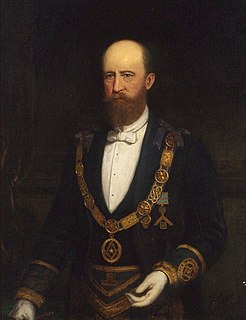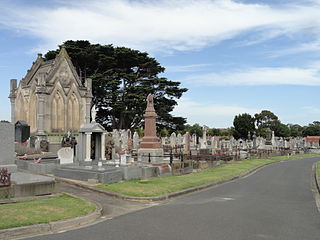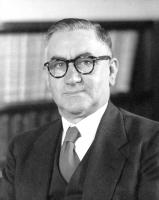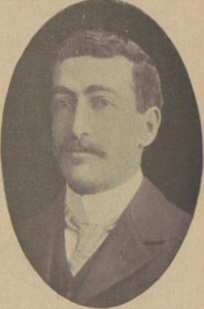
Sir Isaac Alfred Isaacs was an Australian lawyer, politician, and judge who served as the ninth Governor-General of Australia, in office from 1931 to 1936. He had previously served on the High Court of Australia from 1906 to 1931, including as Chief Justice from 1930.

The Magistrates' Court of Victoria is the lowest court in the Australian state of Victoria.
The Melbourne Magistrates' Court is the largest venue at which the Magistrates' Court of Victoria sits. It is a court in Melbourne, Victoria, Australia that deals with, and dispenses of, a range of criminal and civil matters, including criminal prosecutions, money claims and disputes up to $100,000, and family violence and family law proceedings.
The history of Jews in Australia traces the history of Australian Jews from the British settlement of Australia commencing in 1788. Though Europeans had visited Australia before 1788, there is no evidence of any Jewish sailors among the crew. The first Jews known to have come to Australia came as convicts transported to Botany Bay in 1788 aboard the First Fleet that established the first European settlement on the continent, on the site of present-day Sydney.

Sir Herbert John Thornhill Hyland, storekeeper, investor, and politician, was born in 1884 at Prahran, Melbourne, second son of George Hyland, a Victorian-born painter, and his wife Mary, née Thornhill, from Ireland.
Miles Evergood was an Australian artist who achieved renown in Europe and the United States, as well as his native country. He was the father of American artist Philip Evergood.
William Westgarth was a Scottish-born merchant, historian, statistician and politician in Australia. Westgarth was a member of the New South Wales Legislative Council, and, later, the Victorian Legislative Council.

Sir William John Clarke, 1st Baronet, was an Australian businessman and philanthropist in the Colony of Victoria. He was raised to the baronetage in 1882, the first Victorian to be granted a hereditary honour.

Ephraim Laman (Lamen) Zox was an Australian financier and politician.
Sir Edward Eyre Williams was an English-Australian lawyer, politician and judge. He was a nominated member of the Victorian Legislative Council and Solicitor-General of Victoria.

Brighton General Cemetery is located in the Melbourne suburb of Caulfield South, Victoria, but takes its name from Brighton, Victoria.

Alfred Ernest Shepherd was an Australian politician. He was an Australian Labor Party member of the Victorian Legislative Assembly for the electorates of Sunshine (1945–1955), Ascot Vale (1955–1958) and Footscray (1958). He was Minister for Education in the 1952-55 John Cain government and was leader of the Labor Party and Leader of the Opposition from 1957 until his death the following year.
Michael Cashmore was a merchant, the first Jewish settler of Melbourne, Victoria, and remembered for his haberdashery business in Melbourne's first brick building, "Cashmore's Corner" at 1 Elizabeth Street.

Francis Conway Mason was an Australian politician of Irish descent. He was a member for South Gippsland in the Victorian Legislative Assembly between 1871 and 1902, with two interruptions. He was the Speaker of the Victorian Legislative Assembly from 1897 to 1902.
Nathan Frederick Spielvogel was an Australian author of Jewish origin, whose work has been compared to that of Judah Waten.
Laurie Phillip Lawrence was a businessman and philanthropist in South Australia.

Morris Mondle Phillips was a lawyer, taxing master and equity master at the Victorian Supreme Court, he was also a Chief President of the Australian Natives' Association.
Julia Rapke was an Australian, Jewish women's rights activist and Justice of the Peace, who held numerous roles in women's organisations regionally, nationally and internationally, including presidency of the Australian chapter of the Women's International Zionist Organization.
Kingsley Anketell Henderson was an Australian architect and businessman. He ran a successful firm in Melbourne that specialised in commercial buildings. He was involved in the creation of the United Australia Party (UAP), holding office in its organisational wing in Victoria, and served on the Malvern City Council.











